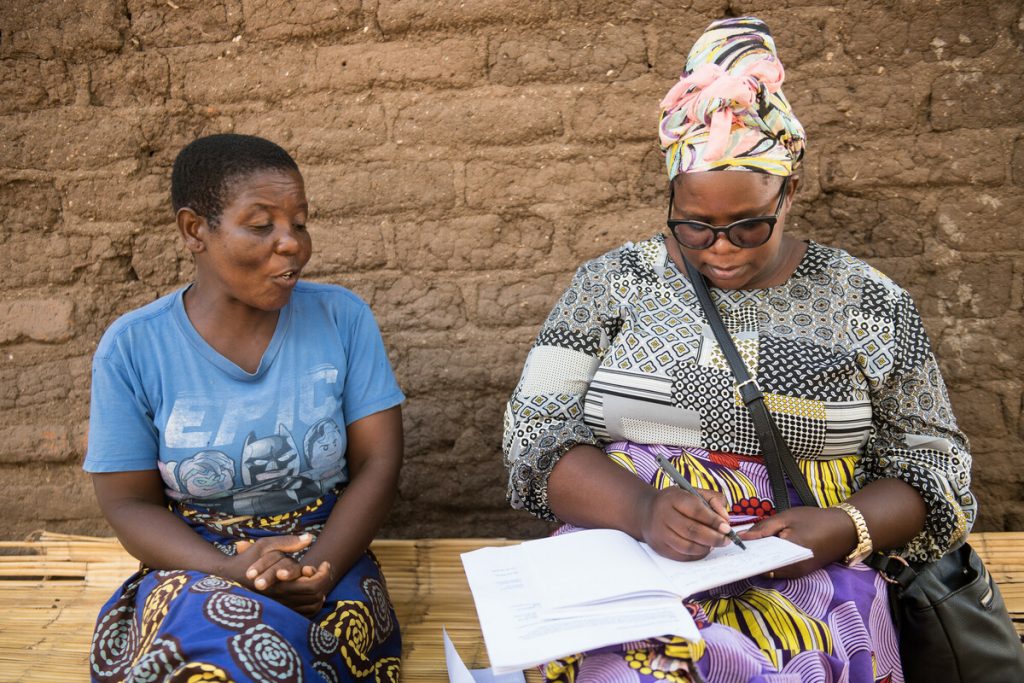One hundred days after COP27, Juliet Suliwa Kasito looks back on the hard road to winning a loss and damage fund. Now, she says, campaigners must confront their next big challenge: pushing rich countries to put enough cash in.

The delays and frustrations around loss and damage finance at COP27 did not stop campaigners pushing on. I was amazed at how people worked and stayed late in negotiations, how everyone came together, bringing lived experience of how marginalised communities are being affected by the climate emergency – and highlighting how important it was that wealthy nations lived up to their words to introduce loss and damage finance.
With hope receding that we would ever get a loss and damage fund, I was not the only one inspired and touched by Nakeeyat Dramani, a 10-year-old Ghanaian climate activist, who appealed to delegates during one COP27 session to “have a heart”.
I had left my home in Lilongwe, Malawi, to travel to Sharm El-Sheikh in Egypt excited and with great hope. At the end of the previous COP26 in Glasgow, the world had seen almost 200 countries coming together to forge the Glasgow Climate Pact and keep the goal of 1.5 degrees alive. At the same time, we had cemented progress on finance for climate action, adaptation and loss and damage – the term used for climate impacts which cannot be or have not been mitigated or adapted to (read a full explanation here) – with the work on loss and damage to continue at COP27.
A tough COP27 for campaigners
But when we got there, agreement seemed a long way off: there were growing concerns and fears among so-called developing countries that we would leave COP27 without loss and damage finance (We recognise the problematic connotations of the terms “developing” and “developed”, but use them here as they are the categories commonly used in UNFCC).
A key part of my role in this broad campaign was to spread the messages from our action research that has looked into people’s lived experience of loss and damage. We produced these videos highlighting the voices of people affected. I was also interviewed by Swedish magazine Omvarlden on what it meant to people like me from Malawi when developed countries blocked the loss and damage fund. I also featured in a film about COP27 outcomes.
To see leaders from wealthy nations ignoring the issue of a loss and damage fund made me angry. I remembered how people in Malawi are suffering as frequent droughts burn their maize fields and flooding washes away their livestock and belongings; how children cannot go to school because their classrooms are used as shelters for displaced people; how people cannot access health care because they have been cut off from roads and hospitals; how they have no access to clean drinking water, fuelling waterborne diseases such as cholera. I felt the urgency of needing to get finance to communities impacted by the climate crisis, including the 40 million experiencing hunger in the Horn of Africa, to the millions displaced in Pakistan.
So it inspired me to see how developing countries and civil society organisations from the global north responded to the blockages, how they put their differences aside to work together to put sustained pressure on rich countries.
And in the end, we got there: after over 30 years of collective efforts, including pressure from the COP27 presidency, frontline communities, developing country negotiators, and civil society, including Oxfam, the COP27 Parties finally set up the long awaited Loss and Damage Fund and activated the ‘Santiago Network for Loss and Damage’ that will provide technical assistance to countries suffering loss and damage.
The big challenge for COP28
But will the loss and damage fund be, as the climate justice advocate Mohamed Adow has said, an “empty bucket”? As someone from one of the developing countries impacted by extreme weather events, I would really like to see the bucket filled with money: funds that will give hope to people and a sense of solidarity that we are not in this alone and that mean that those wealthy nations that historically contributed to climate change are now being part of the solution.
A hundred days after COP27 we have membership nominations for the Loss and Damage transitional committee – but not much else. To me it feels like we are not moving with the speed and urgency needed as extreme weather events cause havoc amongst the poor.
Rich countries have the capacity and the financial muscle to fulfil their climate finance pledges. Indeed, if they had put the same effort they made fighting Covid 19 into fighting climate change I believe we would have been able to resolve these negotiations over loss and damage funding far more quickly. And we do need to resolve them urgently, so we can finally start to deploy significant resources in areas hit by extreme droughts and flooding, desperately needed resources that will undoubtedly save lives.
People in rich countries need to take their leaders to task to act now. As we approach COP28 in the UAE, we at Oxfam will be joining a broad alliance of activists and campaigners calling for concrete action on loss and damage – and real money to ensure the bucket does not stay empty.
Read more about the Oxfam research into lived experience of loss and damage in Juliet’s blog for COP27: Want to understand the trauma of climate loss and damage? Listen to the voices of southern Africans who are living it